“We invite you to bring your vintage tonal dreams into the present”: Catalinbread promises modern twists on golden-era tones from the ‘70s StarCrash Fuzz and SideArm Overdrive
Welcome to the '70s, again, with the StarCrash offering a bias-equipped take on a silicon Fuzz Face and the SideArm a more tweakable version of that lil' green overdrive
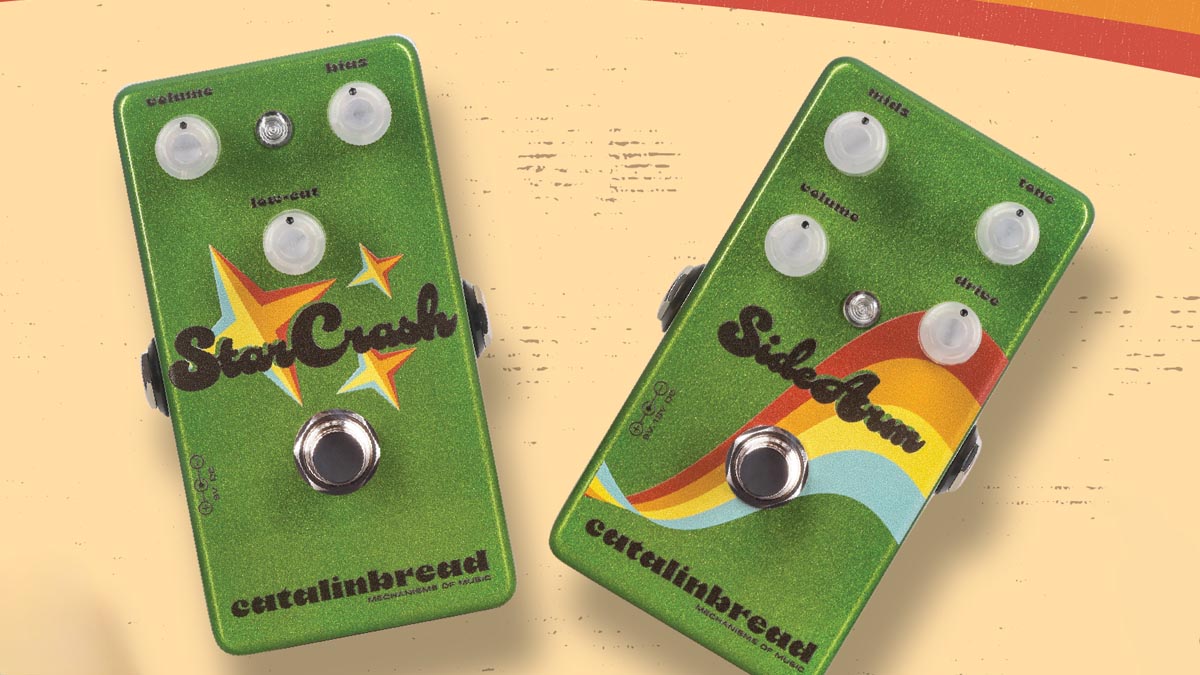
Catalinbread has gone retro mad, refinishing a whole bunch of its vintage-inspired guitar effects pedals and launching them as the ‘70s StarCrash Collection – and unveiling pair of all-new designs that offer contemporary takes on time-honoured circuits.
Lending its name to this noble endeavour, and promising seminal fuzz pedal high-jinks in the style of a Fuzz Face, we have the StarCrash Fuzz – three-knobs, easy to use, with a bias control added for spluttery, gated, voltage-choked sounds. And it is joined by the SideArm Overdrive, a little green box inspired by another little green box, the Ibanez Tube Screamer, but with its own ideas of how this style of overdrive pedal should sound.
It’s surely only appropriate to start with StarCrash Fuzz first, which is a silicon Fuzz Face variant that gains some features, and loses some. Out goes the Fuzz knob, y’know, the one of two knobs that you would find on a Fuzz Face, the one that is always dimed.
That seems like a radical move but Catalinbread’s rationale is sound; if everyone has it dimed 24/7, why not just run the pedal like that, and let the volume knob on your electric guitar roll off some of that madness? It’s crazy but it just might work.
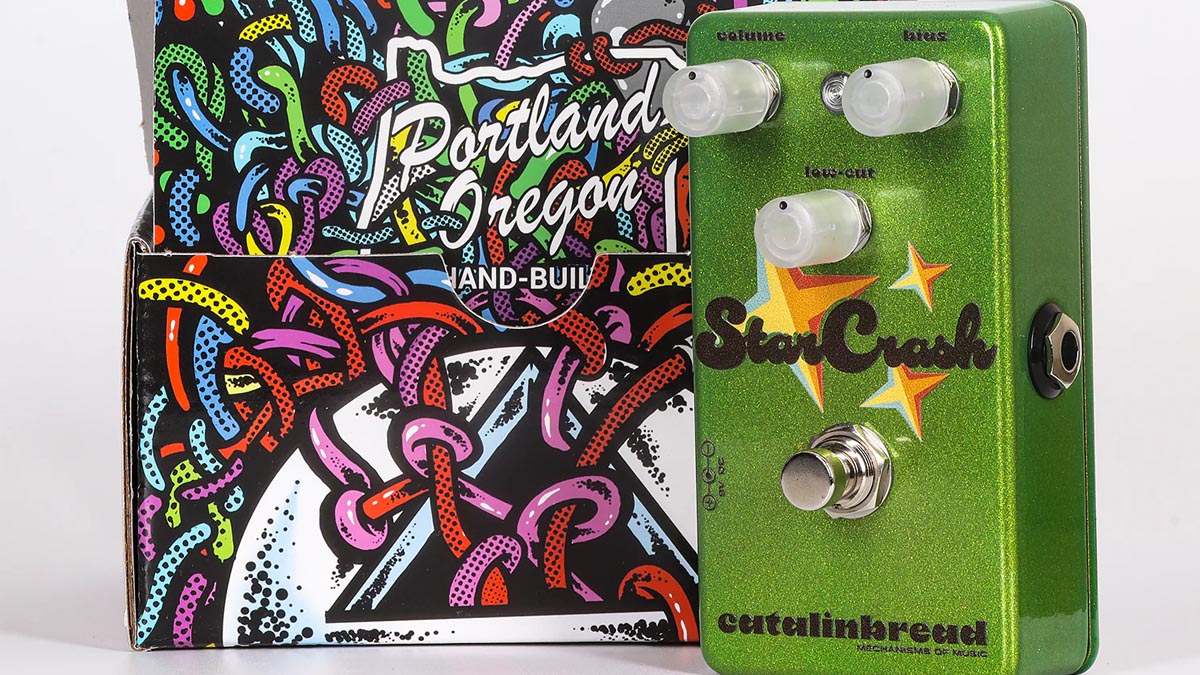
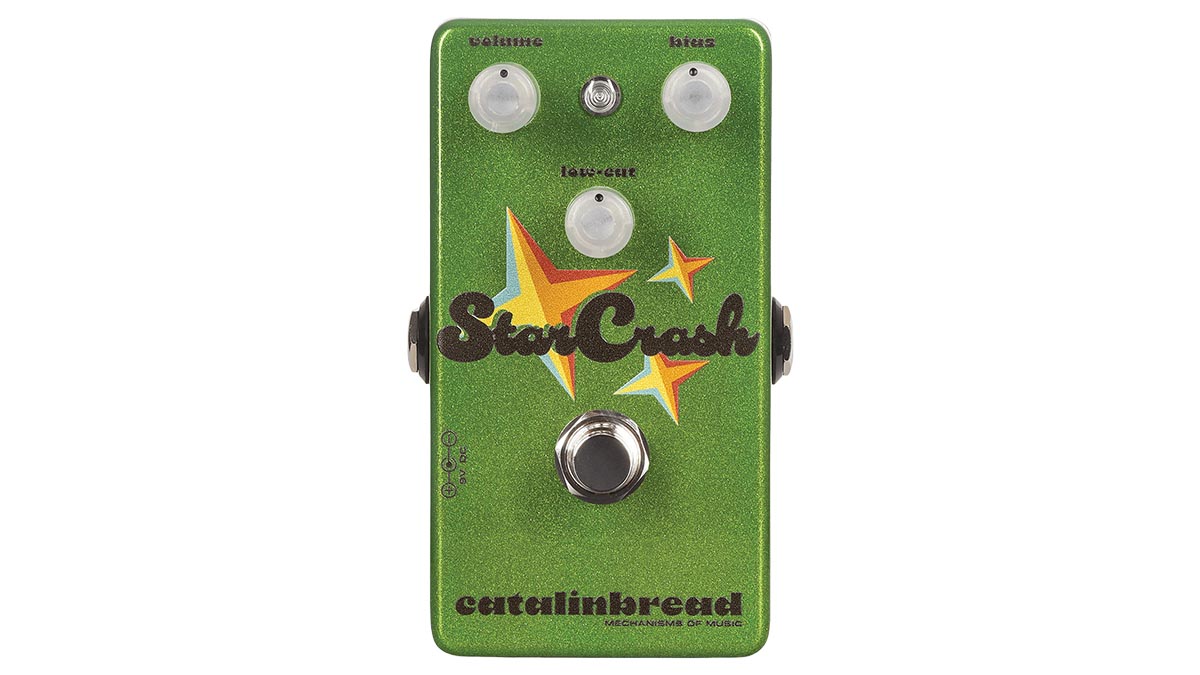
What will work, and what does work, and is always a welcome feature on any fuzzbox, is the bias control. This puppy starves the circuit of voltage on demand, yielding that spluttery gated sound that works really well with high-volume guitar. At one extreme, i.e. fully counterclockwise, the sound has plenty of body. At the other it’s Velcro City. At noon, well, that will make it sound pretty much like a regular Fuzz Face.
The Volume does what you would expect. The Low-Cut does not. This is interesting. It applies a high-pass filter that is really only noticeable after the half-way point. Below noon and it’s cutting out subharmonic content, taking out the frequencies that can make your fuzz sound muddy. Thereafter it is more noticeable, and will help set the bite in your tone.
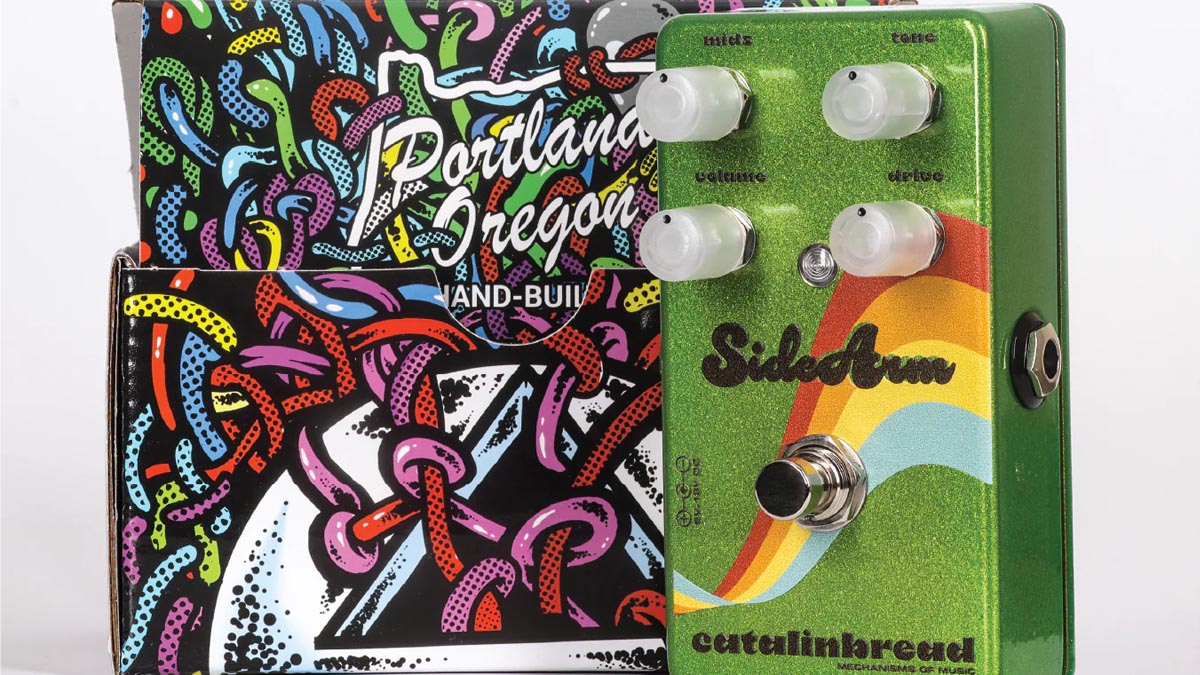
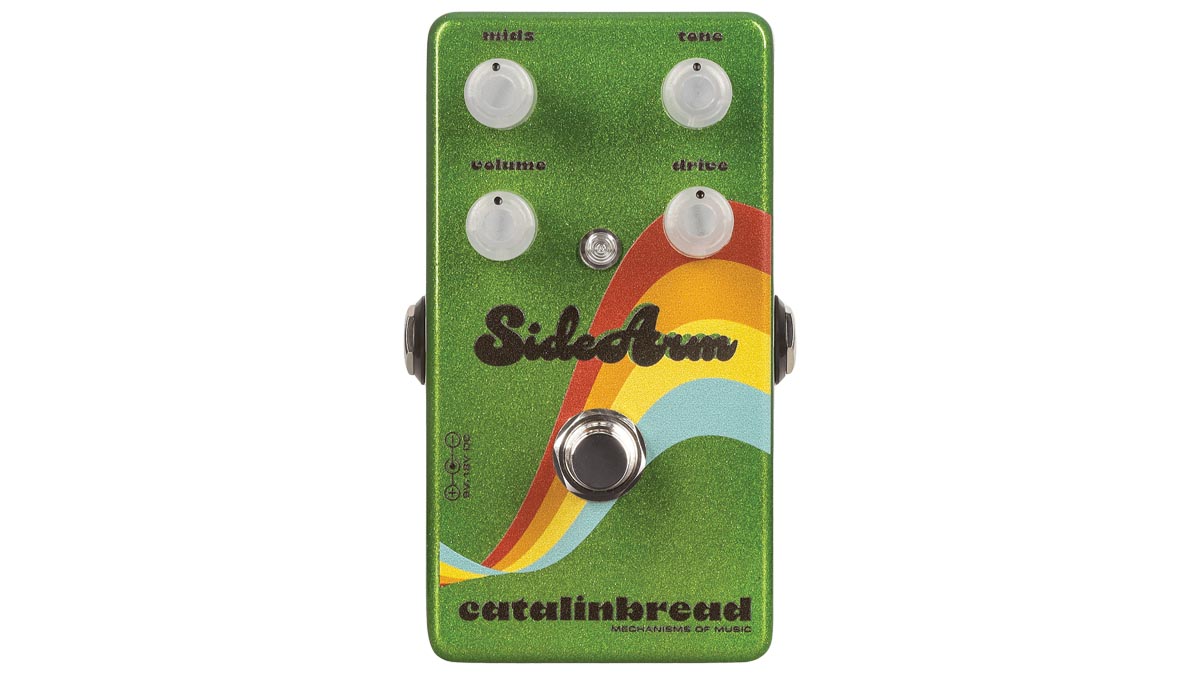
Now for the SideArm. “There’s nothing like kicking on ‘ol’ reliable’ and watching the faces in the crowd light up as you nail your finest riff,” says Catalinbread. “The SideArm is that device.”
Want all the hottest music and gear news, reviews, deals, features and more, direct to your inbox? Sign up here.
The Mids control has similarly been worked on, centring the magic frequency at around 720Hz, just like the original TS drives, but with a “hump frequency” at 1KHz, leaving a little more EQ wiggle room as you play around with it, boosting or scooping to taste. At noon it is flat. The Volume control adjusts the output level, the Drive knob dials in gain, and there is more to be had here than in your common or garden variety TS.
So, less radical, most definitely inspired by an overdrive pedal you know – and probably own – and one from 1979 to be specific. But, again, Catalinbread is not just doing a straight clone. The Tone control has been reconfigured. It operates as a is a tilt EQ centred at 1KHz. Above noon, the frequencies above 1KHz get boosted and those below are cut, and vice-versa below noon.
The Mids control has similarly been worked on, centring the magic frequency at around 720Hz, just like the original TS drives, but with a “hump frequency” at 1KHz, leaving a little more EQ wiggle room as you play around with it, boosting or scooping to taste. At noon it is flat.
The Volume control adjusts the output level, the Drive knob dials in gain, and there is more to be had here than in your common or garden variety TS.
These pedals are available now, priced £145/$149. Other pedals refinished in for the StarCrash ‘70s Collection include the Valcoder, Adineko, SFT and – great news if you’re allergic to cats – the Katzenkönig. See Catalinbread for more details.
Jonathan Horsley has been writing about guitars and guitar culture since 2005, playing them since 1990, and regularly contributes to MusicRadar, Total Guitar and Guitar World. He uses Jazz III nylon picks, 10s during the week, 9s at the weekend, and shamefully still struggles with rhythm figure one of Van Halen’s Panama.
